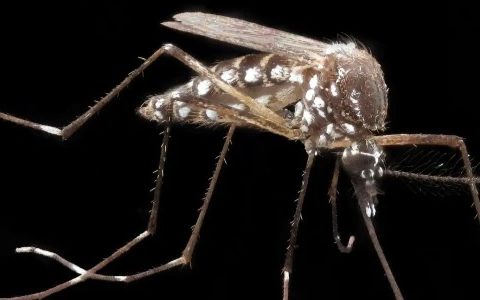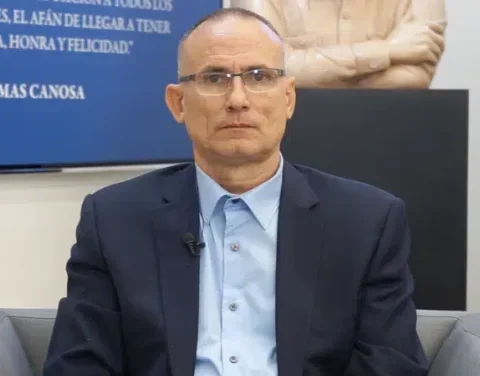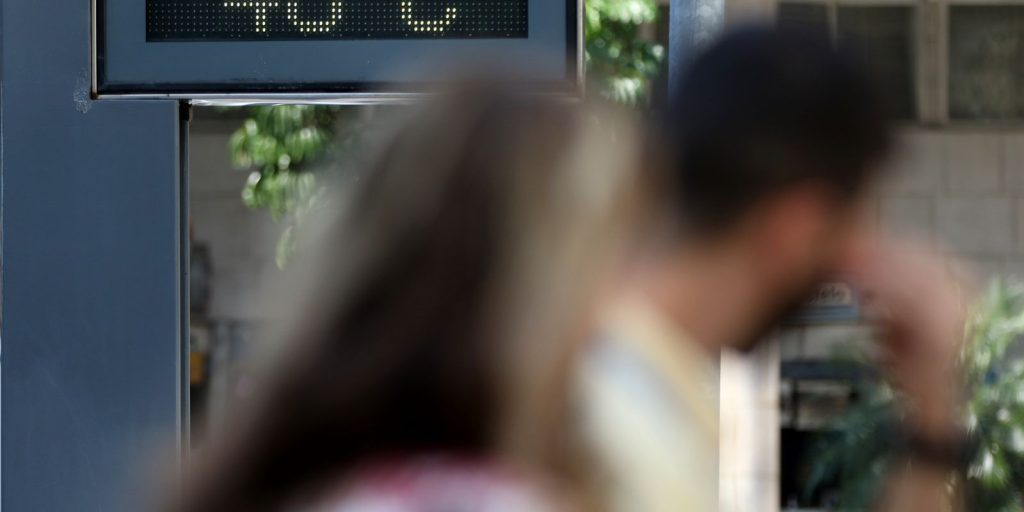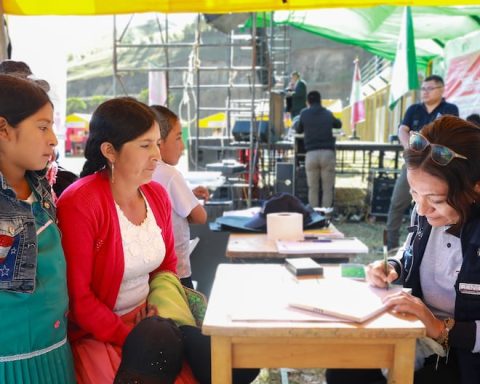AREQUIPA, Peru – The Spanish Federation of Tourism Journalists and Writers (FEPET) opened its international congress in Cuba, to be held until November 18 and which seeks to strengthen the weak tourism industry on the Island, where Spanish businessmen invest large capital.
Meanwhile, the Cuban population is still suffering the consequences of the passage of two hurricanes in less than a month, which left floods, hundreds of landslides and other damage that has worsened the existing crisis.
In Havana alone, around 461 total and partial collapses and thousands of evacuees were recorded due to the passage of the hurricane. Raphael through western Cuba last Wednesday.
The National Radio of Spain reported the start of the event this Sunday in Varadero. For its part, a press release of FEPET indicates that they will carry out “a familiarization trip, promoted by the Cuban Government, under the organization of the Guamá agency.”
According to the text, the Federation brings together more than a hundred professionals from the world of leisure and free time from the press, radio, television and digital media. On this occasion the objective is to “analyze the Cuban tourism potential to disseminate it among the specialized press.”
The last international congresses were held in Argentina, Uruguay and Mexico. Last year the national congress was held in Cuenca.
“From November 10 to 18, Spanish journalists will have the opportunity to get to know old and modern Havana, see a sunset on the Malecón, take a ride in vintage cars and go to the Plaza de la Revolución,” says the note.
They will also visit Vinales and its Cueva del Indio; the Villa de la Santísima Trinidad, World Heritage Site; Guama; Sancti Spirits; Trinity; Cienfuegos; and a maritime excursion to Cayo Blanco.
Mariano Palacín, president of FEPET, explained that several Cuban journalists specialized in the subject will also participate in the congress, as well as a good part of Cuban tourism managers and authorities.
In addition, discussions and conferences will be held at the event, among which one that will address bullfighting in Cuba stands out, described by the Royal Academy of the Spanish Language as “the art of dealing with bulls.”
In contrast to the Cuban regime’s intentions to give free rein to advertising and exhibition of the island’s tourist destinations, the figures in that sector continue to be negative.
Cuban tourism: without raising its head
Cuba received 1,719,145 international travelers between January and September of this year, which represents a decrease of 5.2% compared to the same period of the previous year, according to data published this Tuesday by the National Office of Statistics and Information (ONEI).
This decline takes the country away from its official goal of reaching 2.7 million visitors in 2024.
In September, 111,067 international tourists arrived on the island, a figure similar to that of the same month in 2022, but lower than that registered in previous months of this year. The monthly figures started at levels comparable to those of 2023, but have been progressively losing ground.
The main sending market continues to be Canada, with 695,567 visitors, followed by Russia (141,615), the United States (110,538), Spain (50,498), Mexico (48,112) and Germany (47,324).
Of these six countries, only Russia and Mexico show an increase in the number of tourists, with increases of 12% and 5%, respectively. In contrast, Canada, the United States, Spain and Germany experienced declines ranging between 2% and 17%.
In addition, a 16.9% contraction was recorded in visits from Cubans residing abroad. This trend has shown an upward trend so far this year, according to the ONEI.
















